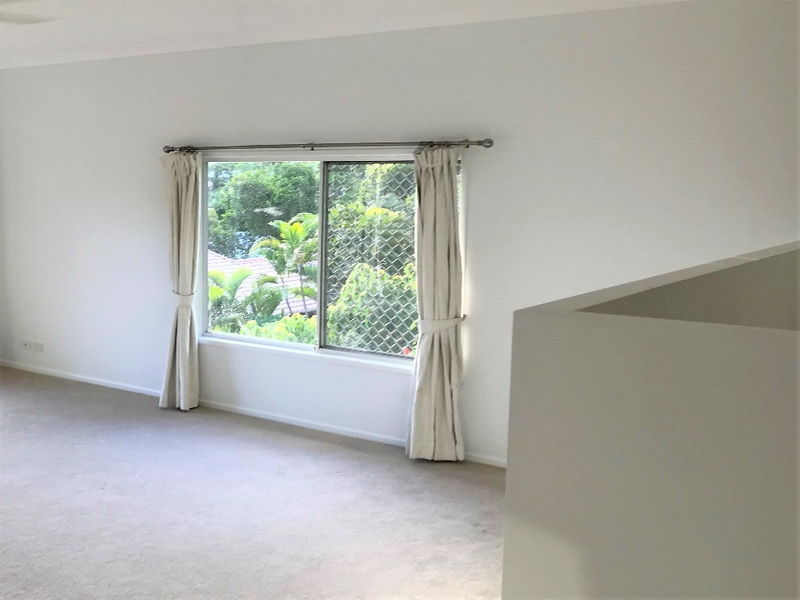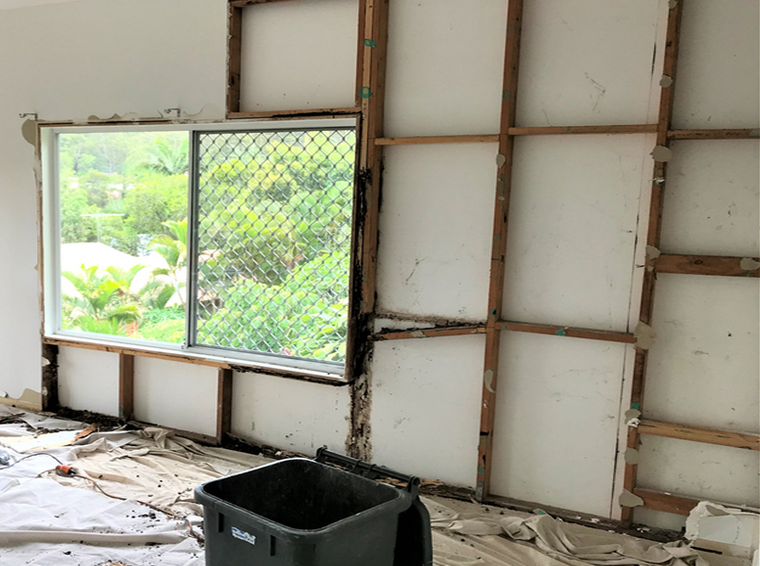Termite Damage RepairTermites infestation can cause substantial damage to your home. Many times, the repairs can cost thousands of dollars. The good news is that the earlier you detect, rectify and treat the problem area and surroundings, the less chance of ongoing problems. Going untreated, the structural integrity can be severely affected and in worst cases walls, floors and/or ceiling can collapse. Over a short period of time the termites can do a lot of damage. With a large infestation, in a little less than half a year, the termites can eat up an area of timber in the size of 40cm by 10cm. If you suspect or know that termites have found their way in to your home, call a professional and trusted pest-control firm as soon as possible. They can help you with treatment and thereafter the work to repair the damage can begin. When the repairs are completed, ongoing inspections and treatments will prevent or lessen the likelihood of termite infestation re-appearing. |
|
Harbour Build is successfull in repairing termite damaged properties. Many times, a property owner has no knowledge of the existance of any termites infestation within the home. In the specific case displayed here, the termites had eaten up a subsential part of the timber frame structure for the wall. The wall was in big risk of collapsing. After succesfully repairing all the damaged parts, the frame was built up again and the succesfully completed project can be seen further down on the page.
|
When repairing termite damage, we can sometimes adjoin new wood to the damaged wood to stabilize and support the structure. This is the least expensive option and also the easier way of repairing. If the damage is too severe, we have to replace the complete area that has been damaged. This is a more time-consuming repair and also more complicated; hence more expensive. At the end of any termite repair, there is no visible sign of a previous termite infestation. |
 |
Signs of termites occupying your home
Since a termite infestation is located inside the timber, it can be hard to detect. There are Drywood, Dampwood and Subterranean termites. The following are some signs of termite damage (for more detailed information, please consult a termite specialist).
Hollow or papery soundHollow or papery sound to the timber when you give it a knock. Or you poke a hole in the timber when you give it a knock . Scent of mildew or moldA large infestation of termite give off a scent of mildew or mold. So, if you know for sure that there is no mold or mildew in your home but the smell of it is there, then there is a chance you have termites. Cracked furnitureCracked furniture is a sign to look out for. Wood, ceilings or wall that are bucklingAny wood, ceilings or walls that are buckling. These can also appear to be water damaged or swollen. The swollen timber comes from the termite’s excrement which creates an environment where heat and moisture is trapped. This swelling makes it harder to open and shut windows and doors. Head bangingTo warn the colony of danger, the soldier termites, shake their bodies or bang their heads against the wood. The worker termites are the ones who actually eat the wood and they are noisy in doing this. The sound of their munching away can sometimes be heard by putting an ear close to the infested area.
|
Mud TunnelsEven though termites can be hard to detect, mud tunnels are a good indication of an infestation. The termites build these safe tunnels from the nest to the area they are feeding on. If there are no termites manifested in the tunnel, it is not a current one. However, there is a chance that damage has been done to the timber and repairs are needed. Termite Droppings – called FrassAs the Drywood termites eat the wood, they push out their hexagon and egg-shaped droppings through tiny holes (kick holes) that they open in the wood. These kickholes are about 1mm in diameter. The longer the termites stay, the more these droppings will pile up underneath the infested wood. Swarm of the termites being seenSwarm of the termites being seen means there is a current infestation and a termite specialist needs to be called in for advice on treatment. Make sure not to dusturb the infestation after it has beeen detected as this will casue the termites to move on to another location. Maze-like pattern in woodAny maze-like pattern in wood is a sign of the termites pathway. WingsFlying termites are called swarmets. These are adult termites and they fly away to build their own colonies. Shortly after landing, and right before finding a mate, the termite swarmers pull their wings off. The wings are longer than the body and are milky white or grayish in color. Finding a pile of wings can be a sign of swarmers having been present in recent past. Sometimes flying "ants" have been observed before finding the wings by the property-owner who was not aware of the incoming threat. Any of these two observations can be indications of a nearby colony. Windows and porches are common areas where these wings can be found. Keep in mind that ant-swarmers fly around as well. These are no termites and they keep their wings. A pest management company can identy what type of insect you are dealing with. |
For more information on termite extermination, please contact your local termite expert. For termite repair, contact Harbour Build on 1300 852 829

